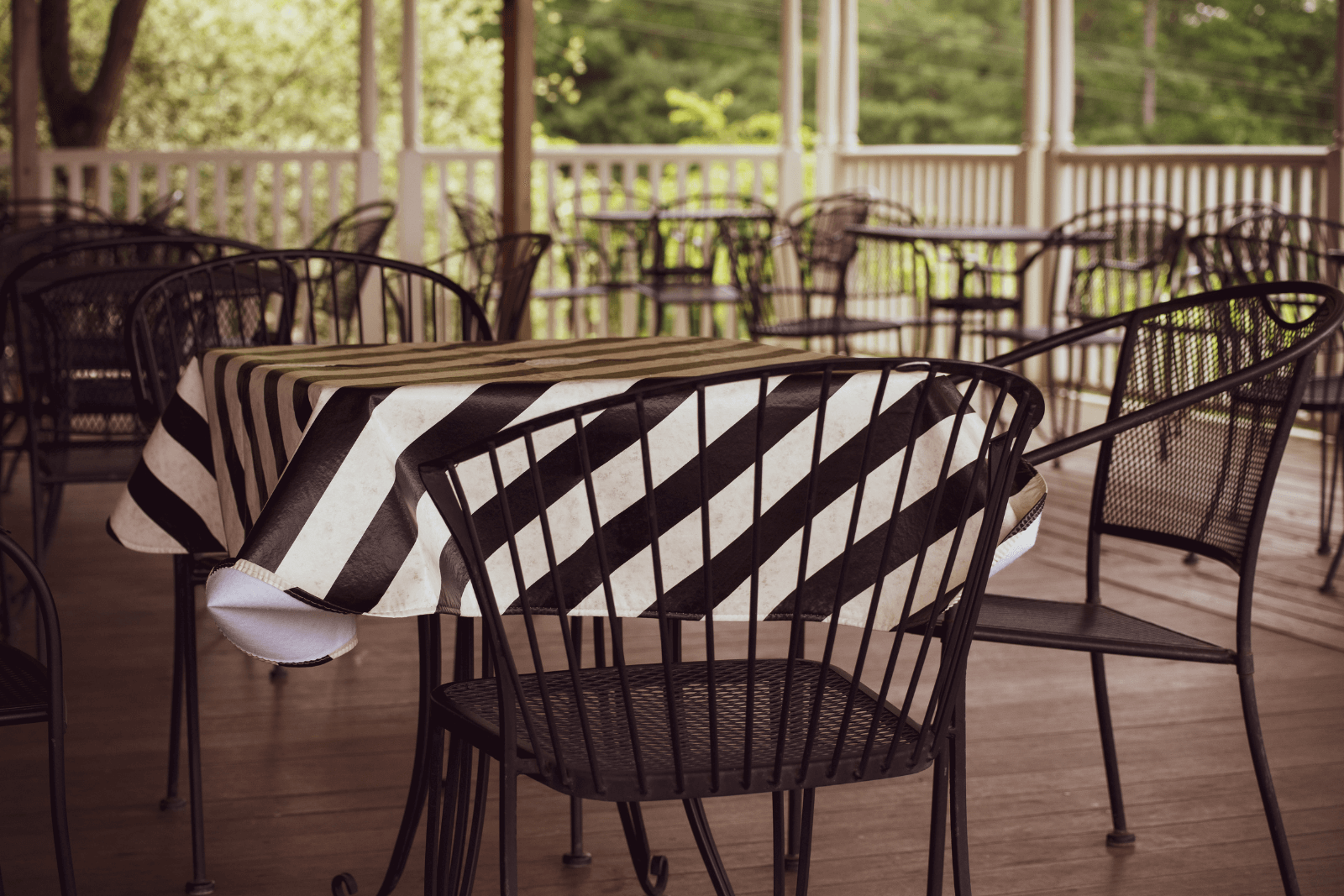Restaurants are places that create fabulous experiences, but they’re also places of business.
To earn a profit and ensure an optimal flow of visitors every evening, you will have to implement practices that allow you to greet, seat, serve, charge, and say goodbye to your guests within a timeframe that leaves both you and the guest happy.
Quite the challenge, isn’t it?
Well, you’re in luck because, in this article, we’ll provide you with five industry tips on increasing your table turnover rate and capturing more revenue while keeping your customers satisfied.
Welcome, grab a seat, and let’s begin!
Table of contents
- Use an Online Table Booking System
- Efficiently Manage Larger Groups
- Speed up the Food Ordering Process
- Streamline Your Kitchen Operations
- Deal With Guests Who Linger
- Conclusion
Use an Online Table Booking System
A chaotic table reservation system can seriously limit your ability to have speedy service and a good table turnover rate.
That’s because having no control over reservations gives rise to problems such as:
- Empty tables at dinner rush because of no-shows
- Gaps between reservations despite full occupancy
- Guests being late for their bookings and/or overstaying
- Guests turned away at the door because there was no waitlist system
An online reservation system can solve all of these problems because it’s a piece of software designed to help streamline your reservations, increase the table turnover rate, and earn you more revenue.
Let’s explain how, using our own online reservation system, Tablein, as an example.
This system takes your staff almost entirely out of the reservation equation and guides the interested guest through picking a date, time, party size, and preferred seating area.
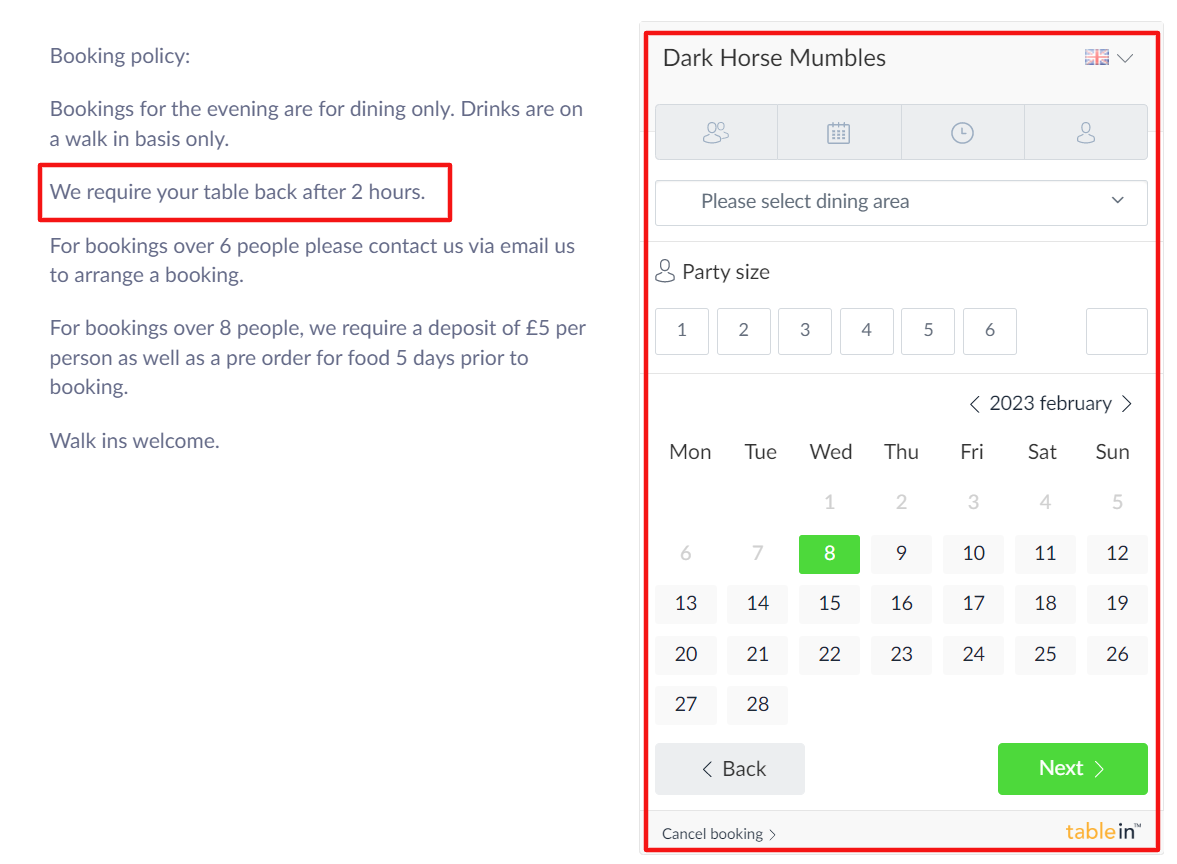
Source: Tablein
As you can see above, when using a reservation system like this, you can also display your reservation policy and inform guests upfront about when you expect the table back to prevent lingering.
When guests know (or can choose) how long they are expected to keep the table occupied, they will more likely adhere to the reservation policy, and keep your table turnover rates in a good state.
And what about walk-ins? It would be a shame to turn someone away when you know a table will soon be vacated.
Luckily, when you use reservation software, you know precisely when a table should be vacant, so you can better manage any possible walk-ins.
In those cases, you can use Tablein’s waitlist feature. Just make a note of the guest’s phone number and recommend a nearby bar for a drink.
As soon as you mark their table as free, an automated text message will be sent to them, informing them that their table is ready.
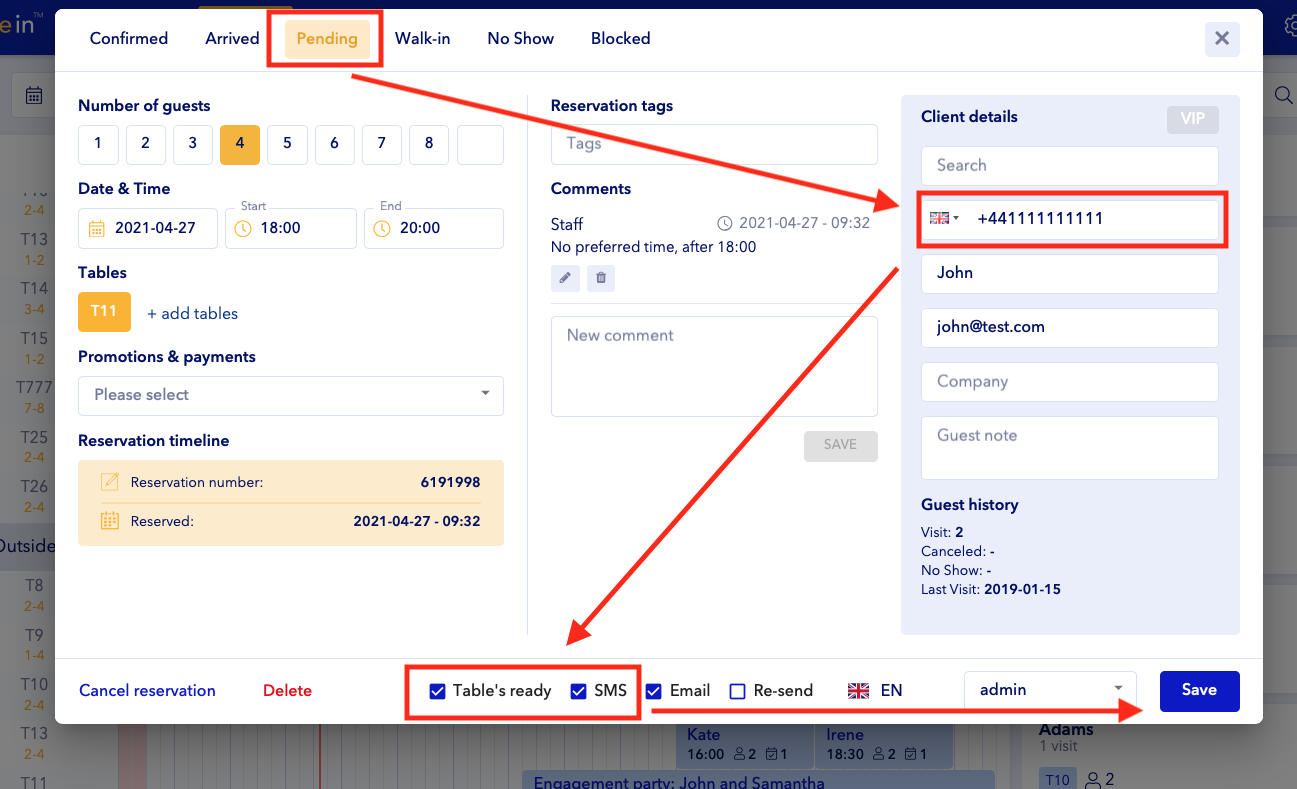
Source: Tablein
As you can see, an online table booking system will help you run a smooth evening with all the guests showing up on time, having a great experience, and leaving when appropriate.
That way, you’ll be able to turn many more tables every single evening and enjoy a good profit.
Efficiently Manage Larger Groups
In terms of the table turnover rate, handling large groups will be one of your biggest challenges.
These groups take longer to assemble, serve, and charge, and they also usually stay longer because they’re in your restaurant to celebrate, engage in conversation, and do more than just eat.
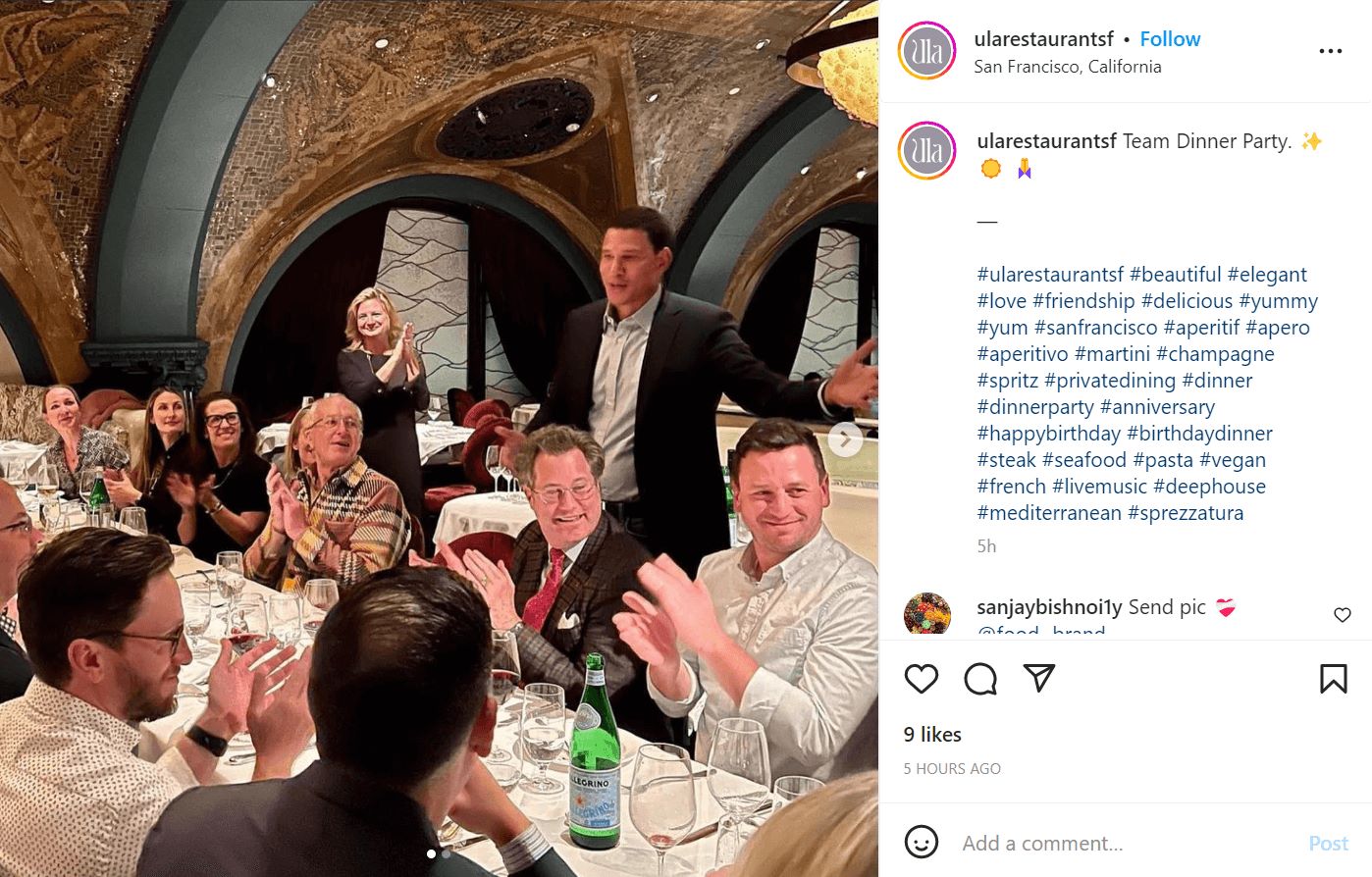
Source: Ula on Instagram
In many cases, restaurant managers will count these tables as occupied for the night. But that’s not necessarily true, and there are some things you can do to speed things up.
The key here is good preparation.
That means never taking large walk-in groups because this will make your staff scramble as they will have to take on a sudden increase in simultaneous food orders that need to be taken on, relayed, prepared, and served.
A better practice is to require an up-front reservation at least a day in advance so you can schedule more staff members to take on the load.
That way, you can ensure that guests will be well looked after and that they’ll be able to hand in their orders and be served faster, improving their experience on top of reducing the time they will be occupying the table.
While you’re at it, you can also encourage the group to order ahead of their arrival to make sure you have all the ingredients on hand and can get the food preparation process started as soon as the group arrives.
Let’s take another look at our previous example, where this is incorporated into the restaurant policy.
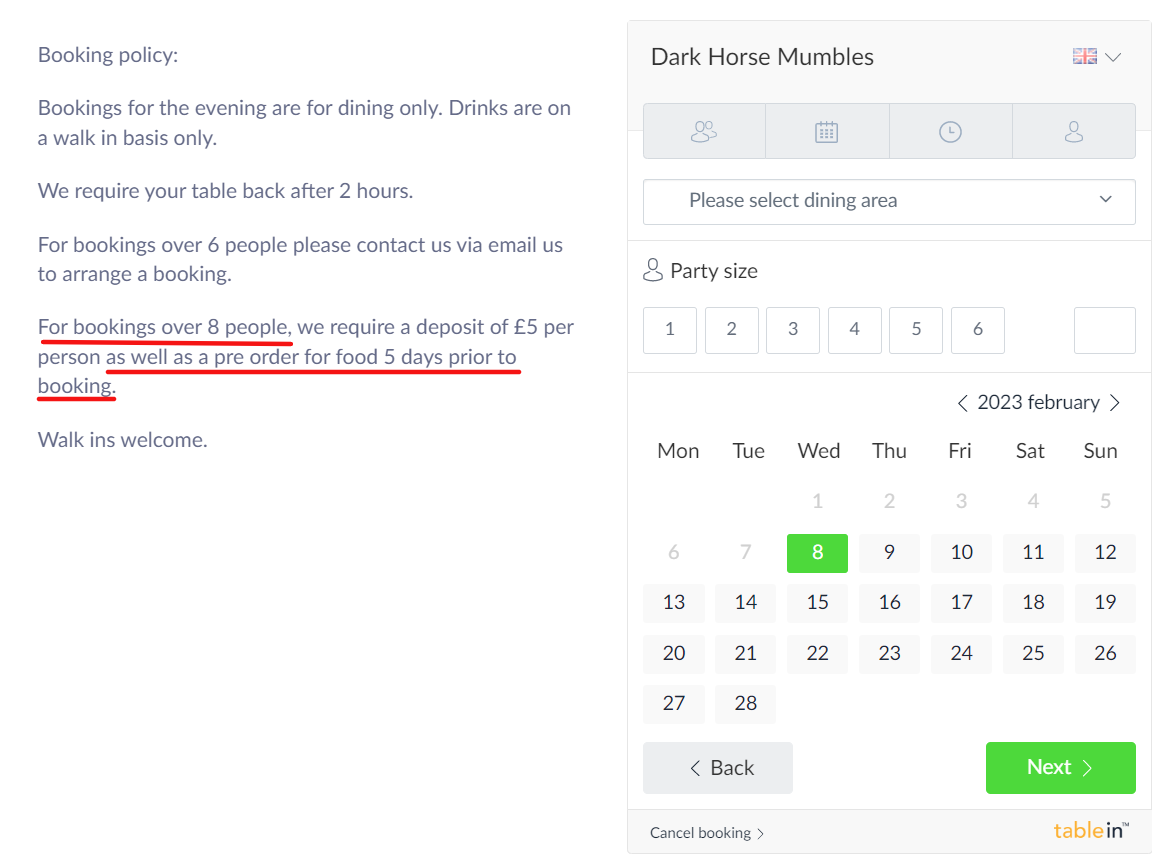
Source: Tablein
When you seat a large group, just taking down so many orders can make you lose a lot of time unnecessarily. With pre-orders, you can avoid wasting time and serve the group much sooner.
This is especially useful for celebrations such as birthdays, weddings, or anniversaries where one person pays for the entire group.
By requiring pre-orders, you’re also allowing them to control the check size and thus helping them avoid overspending.
In crude terms, efficient management of large groups lets you get the group in and out of the door faster. But the group also benefits from this.
They can expect more efficient service and less waiting, and they won’t get a nasty surprise when the check arrives at the end of the night.
Speed up the Food Ordering Process
As we said in the previous section, the food ordering process can eat into the guests’ time at the table.
So, if you want to increase your table turnover rate, you’ll need to make that process as simple and quick as possible.
Here’s how to do it.
Firstly, a menu with endless options will not only take a long time to go through, but it will also create dilemmas for your guests, who will have a tough time deciding what they want.
For example, did you know that the Mofarguru restaurant in Budapest holds the Guinness World Record for the largest menu?
It takes eons just to read through and contains no less than 1810 items!
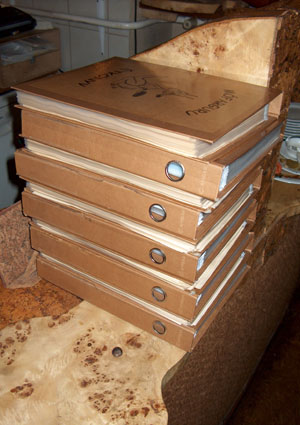
Source: Rekordok
Deciding on just one dish would practically be an impossible task, and ordering would take longer than the meal itself.
While a restaurant like Mofarguru uses its huge menu as a unique selling proposition, a better practice is to decide on just a few signature dishes and create a smaller menu that’s likely to satisfy any appetite, like in the following example.
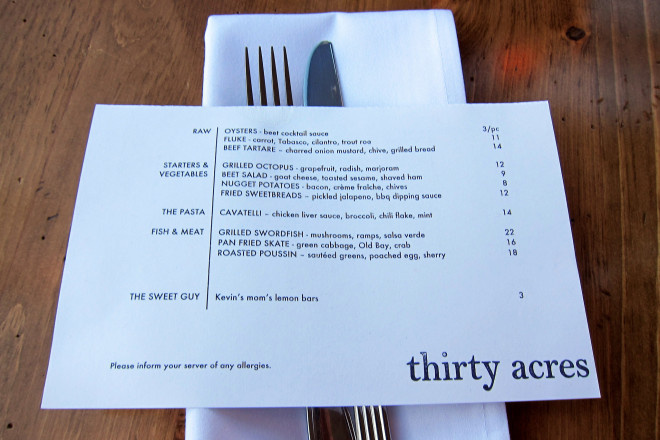
Source: Restaurant Engine
In addition to that, you can also unburden your serving staff when it comes to food ordering and implement a process that requires less of their involvement.
The common practice is for the server to bring the menus to the table, give the guests some time to decide, then come back to take their orders, and then relay them to the kitchen.
Multi-featured QR menus provide a workaround for this.
Some QR menus today let guests simply scan a QR code to access the menu online using their phones, pick the item’s they’d like, and send the order directly to the kitchen for preparation.
Here’s an example from QuickMenu:
Source: QuickMenu on Youtube
The only thing that’s required from the server is to bring the order from the kitchen to the table.
In fact, some of these tools also integrate with the restaurant’s point-of-sale system, meaning the guest can also make the payment without having to request and wait for the check.
As you know, the ordering process can take a frustratingly long time and slow down table turnovers.
Fortunately, you can engineer your menu and use modern technology to significantly cut the time needed for guests to order, which will also reduce the amount of time the guest spends at the restaurant.
Streamline Your Kitchen Operations
Once an order makes its way to the kitchen, the real hustle begins. Ingredients exchange hands, get processed, cooked, and plated, and the servers bring them out of the kitchen as complete dishes.
There are many moving parts in this procedure, meaning some optimization might help you put the food on the customer’s table faster, thereby increasing table turnover rates.
What you need to remember is that a restaurant’s kitchen resembles a factory’s assembly line and can be organized in a very similar way for maximum efficiency.
One way to do it is to delineate stations and position them to follow the meal preparation process.
Here’s how such a layout might look.
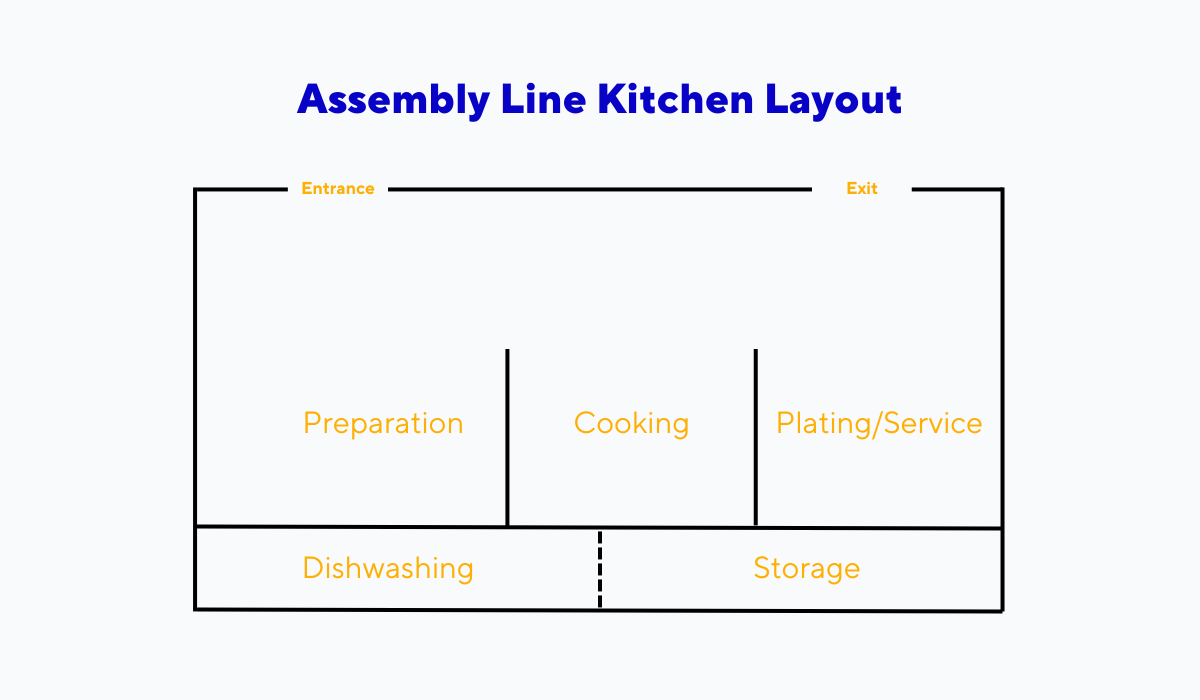
Source: Tablein
The convenience here is evident. New orders coming into the kitchen go through preparation, then cooking, and finally plating and service, meaning a dish always goes in just one direction.
The stations are physically separated to avoid overcrowding and to keep kitchen staff from becoming distracted.
With this layout, every participant is focused on their task, which helps them perform more efficiently.
Example of a kitchen with divided workstations:
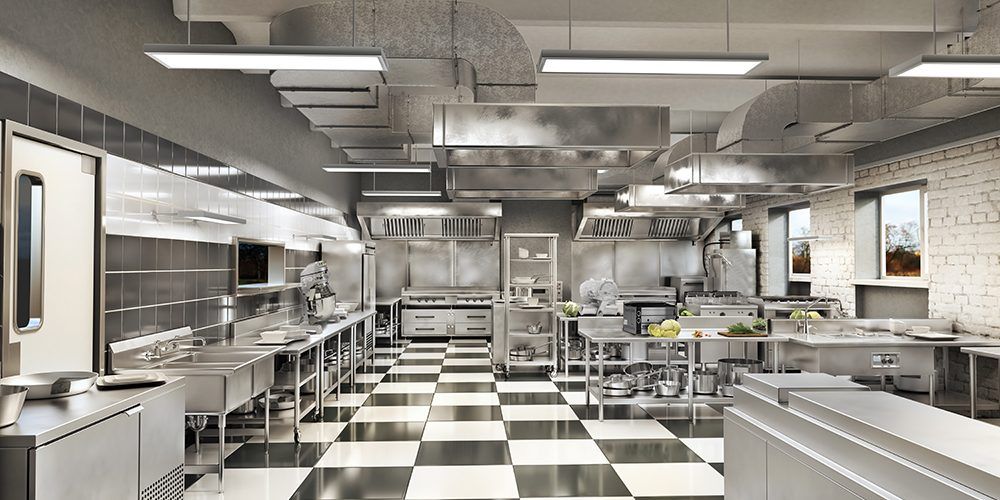
Source: HM Hub
Apart from the layout, the equipment you choose for your kitchen can have a great impact on meal preparation efficiency (and, consequently, the table turnover rate).
That’s because modern equipment can help you cut down on food preparation times significantly.
A good example of this is choosing induction stoves instead of traditional gas cookers.
This type of stove uses electromagnetic energy to heat magnetic cookware (stainless steel and cast iron) at blinding speeds, meaning there’s practically no waiting time for kitchen tasks such as boiling water.
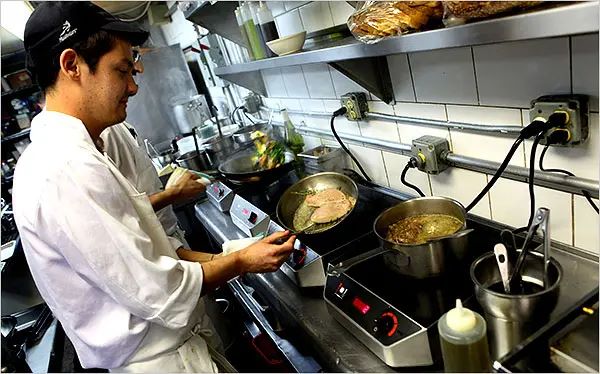
Source: The New York Times
Talking about his switch to induction for the New York Times, chef Justin Lee from the Fat Choy restaurant in Manhattan, comments that these modern cookers have helped him speed up kitchen processes.
For us, it’s a workhorse. It can boil water in minutes, which, for cooking noodles, is significantly faster than gas.
Taking action to streamline your kitchen operations will definitely reflect on the table turnover rate.
Choose a smart kitchen layout and invest in equipment that cuts down on food preparation times and watch your whole restaurant move with more efficiency and fluency.
Deal With Guests Who Linger
At the beginning of this article, we mentioned in passing that those guests who overstay the appropriate amount of time at your restaurant are one of the factors that can slow down the table turnover rate.
Let’s revisit this argument and provide a solution.
Generally speaking, there’s an upper limit to what a guest will spend during their visit to a restaurant.
Once they’ve had their meal and finished their drinks, it’s not likely they’ll order more food. Unless that is, they stay so long that they become hungry again.
It logically follows that a lingering guest will start costing you missed revenue after a while because they’ve failed to give up their table.
Worse still, this guest will hold up that evening’s line of reservations, making other guests wait and ruining their experience.
Those guests won’t blame the lingering diner but rather the restaurant’s management, as we can see in the review below.

Source: Trip Advisor
And, in all honesty, they won’t be misplacing their blame.
That’s because it’s up to you, as the owner or manager, to make guests aware of your restaurant’s policies and deal with those that linger when it’s time to leave.
Many managers shy away from this part of their responsibilities because they don’t know how to approach these guests without sounding rude and ungrateful.
But there are ways to carry out this interaction with grace.
If you want to take a more indirect approach, you can have the server swing by their table and ask if the guests would like anything else.
In most cases, the guests will eventually get the hint and ask for the check.
A more direct, but still very polite, way would be to apologize, explain to the guest that their table is needed, and offer them a free drink at the bar for their trouble.
The image below proves this to be a successful practice.
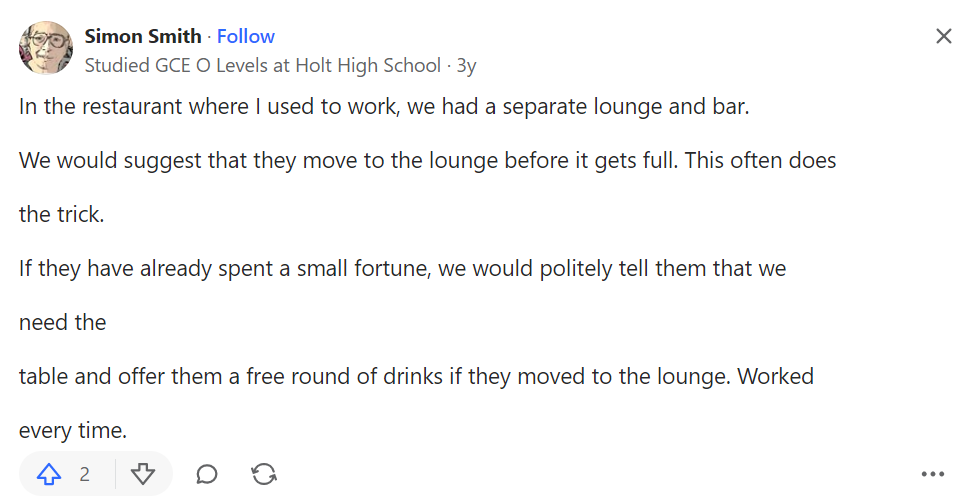
Source: Quora
In addition to getting the guests to release the table, this should also ensure that there are no bad feelings here as the guest isn’t required to leave the premises but is rather invited to stay for a complimentary drink.
Remember, if the guest lingers for more time than it is appropriate (two hours, let’s say), you should not let this situation resolve itself.
Approach the table and find a way to get the guest to release it without being rude.
Conclusion
A reliable, well-paced table turnover rate is what keeps the wheels of your restaurant spinning.
In this article, we’ve gone over five solid tactics that will help you increase the table turnover rate at your establishment and allow you to collect more revenue without sacrificing customer experience.
Use our tips to make improvements in individual aspects of your business, and you’ll soon see a much smoother and steadier flow of guests through your restaurant.
Get a 30-day Exclusive Trial
As a Tablein blog reader, you’re eligible for an exclusive 30-day free trial to experience our simple reservation solution for your restaurant.
Enter your business email, and we’ll send you all the steps needed to create your account.
Share this
You may also like
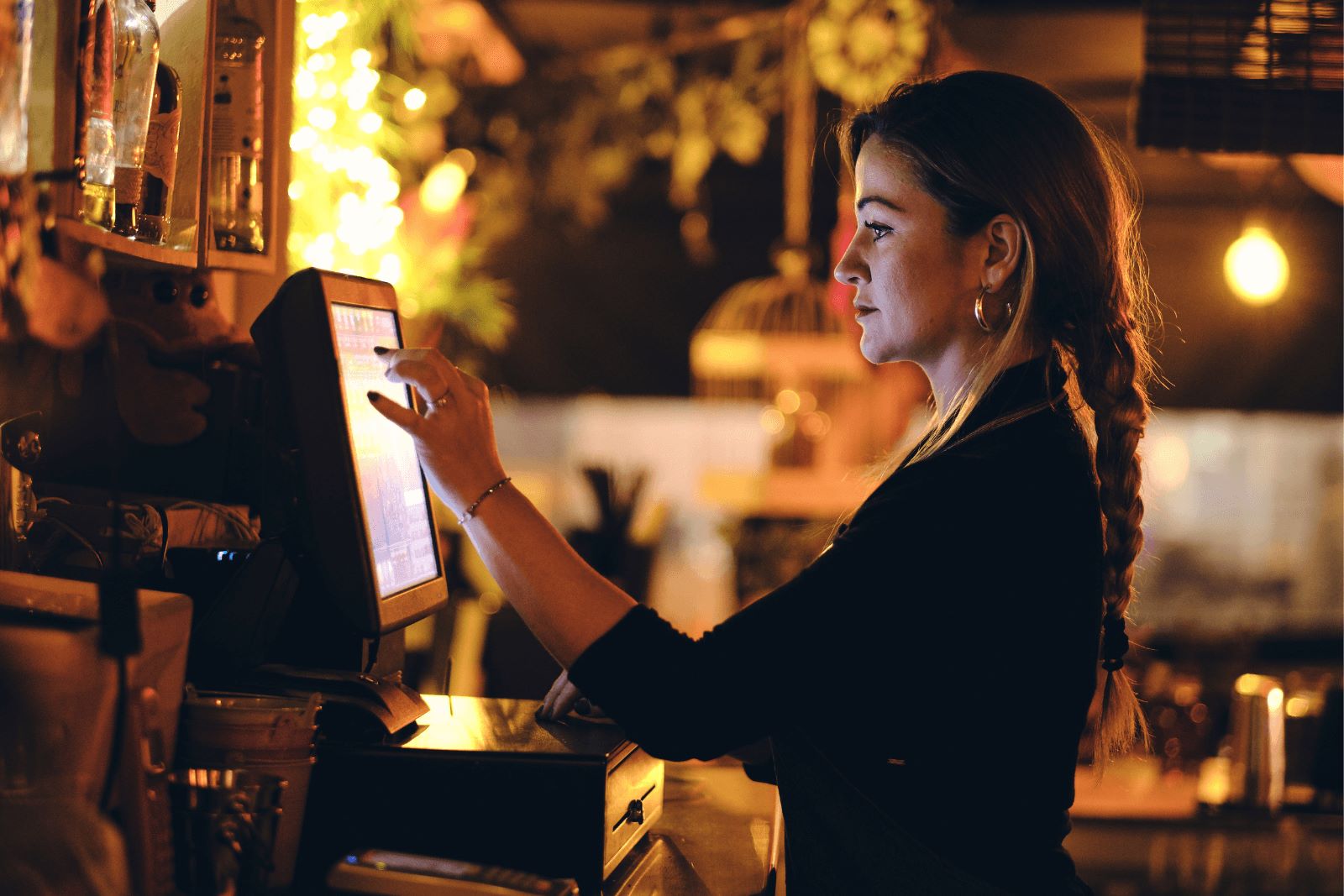
The Full Guide to Restaurant Automation

How to Improve the Speed of Service in Your Restaurant
